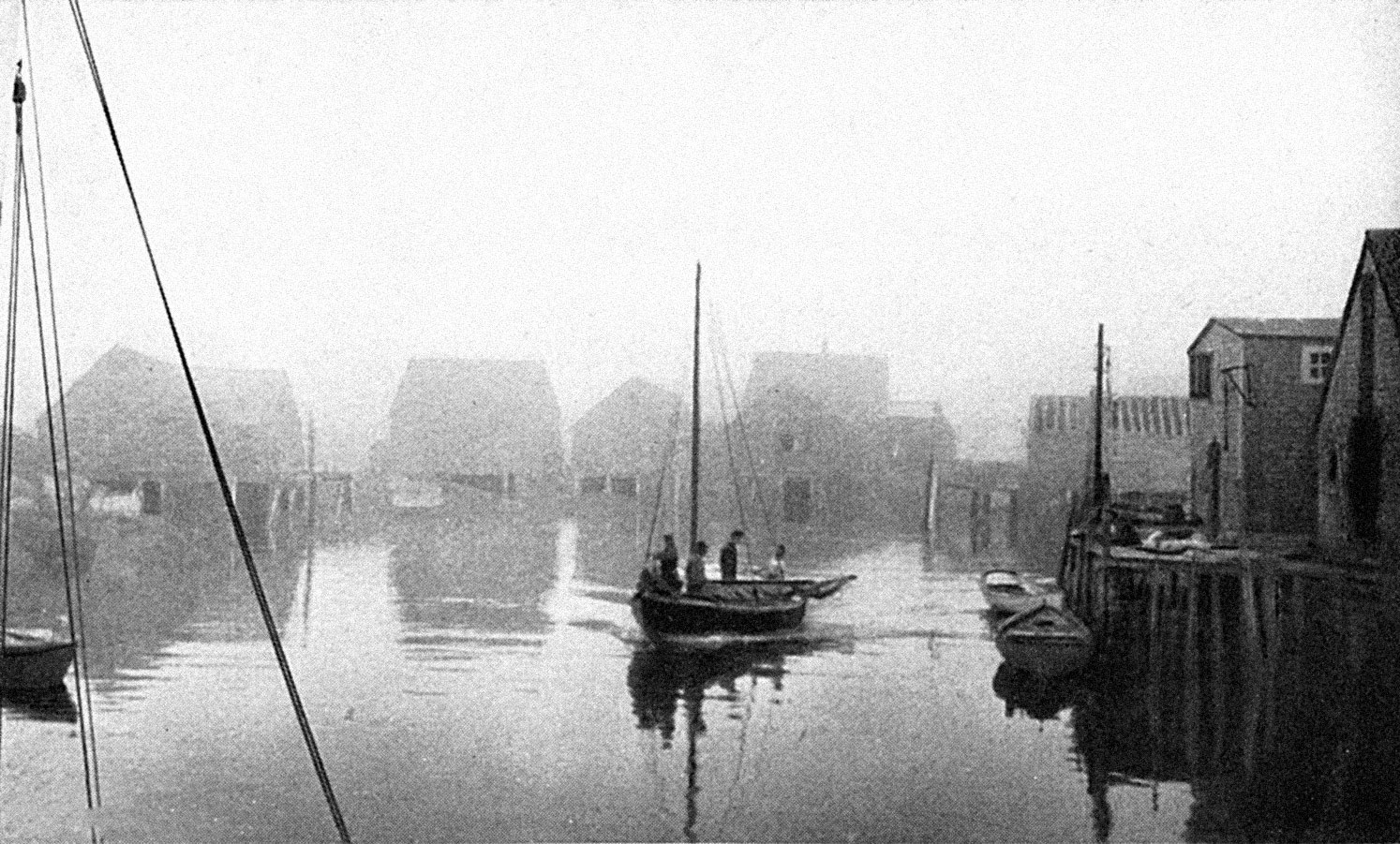Peggy’s Cove is one of the most visited landmarks on the East Coast for its majestic beauty and historical significance. From the 1920s to the 1950s, several photographers and filmmakers visited Peggy’s Cove to capture its rugged coastal beauty and the work of the fishermen who lived here. In this inaugural exhibit created exclusively for Spindrift Gallery, see Peggy’s Cove as it was recorded through the lenses of these men and women.
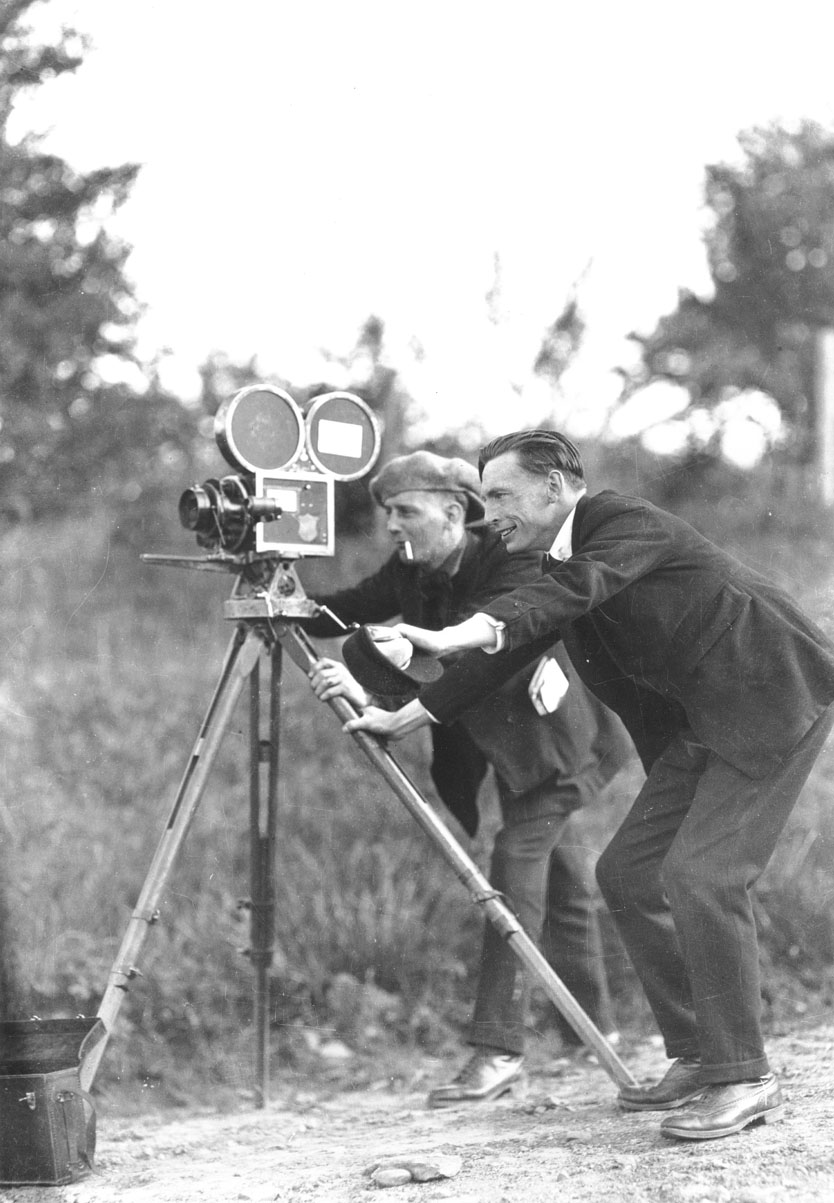
W.R. MacAskill and Robert Norwood – Photo: Nova Scotia Archives, Halifax, Nova Scotia
The Artists
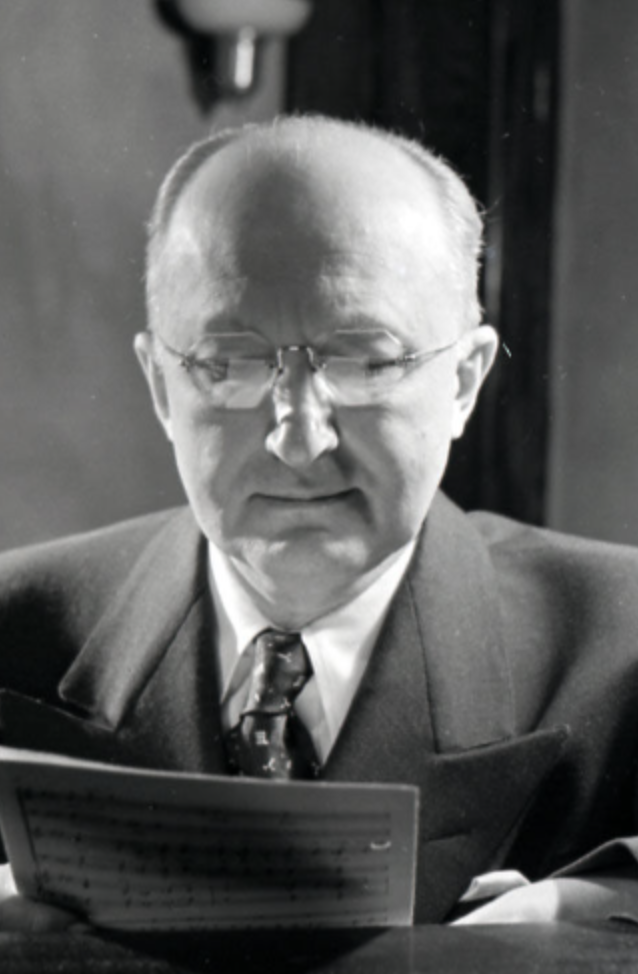
Edward A. Bollinger (1909-2001)
In the July 1936 issue of Movie Makers magazine, photographer and amateur filmmaker Edward A. Bollinger called Peggy’s Cove, “the gem of all fishing villages”.
Bollinger was an American who moved from Buffalo, New York to Canada around 1939, opening The Camera Shoppe in Halifax to help motion picture and photography hobbyists pursue their passion. He and his wife Esther Bollinger made several award-winning short films about life in Nova Scotia including The Guides Meet (1932), Evangeline, Annapolis, Peggy’s Cove (1934), and The Land of Ultima Thule (1935) highlighting the relationship between ordinary people and their natural background. Esther often handled the editing and titling, while Edward did the camera work. Movie Makers described their films as “incisive and stirring…documentary reels of magnificent skill and breathtaking beauty”.
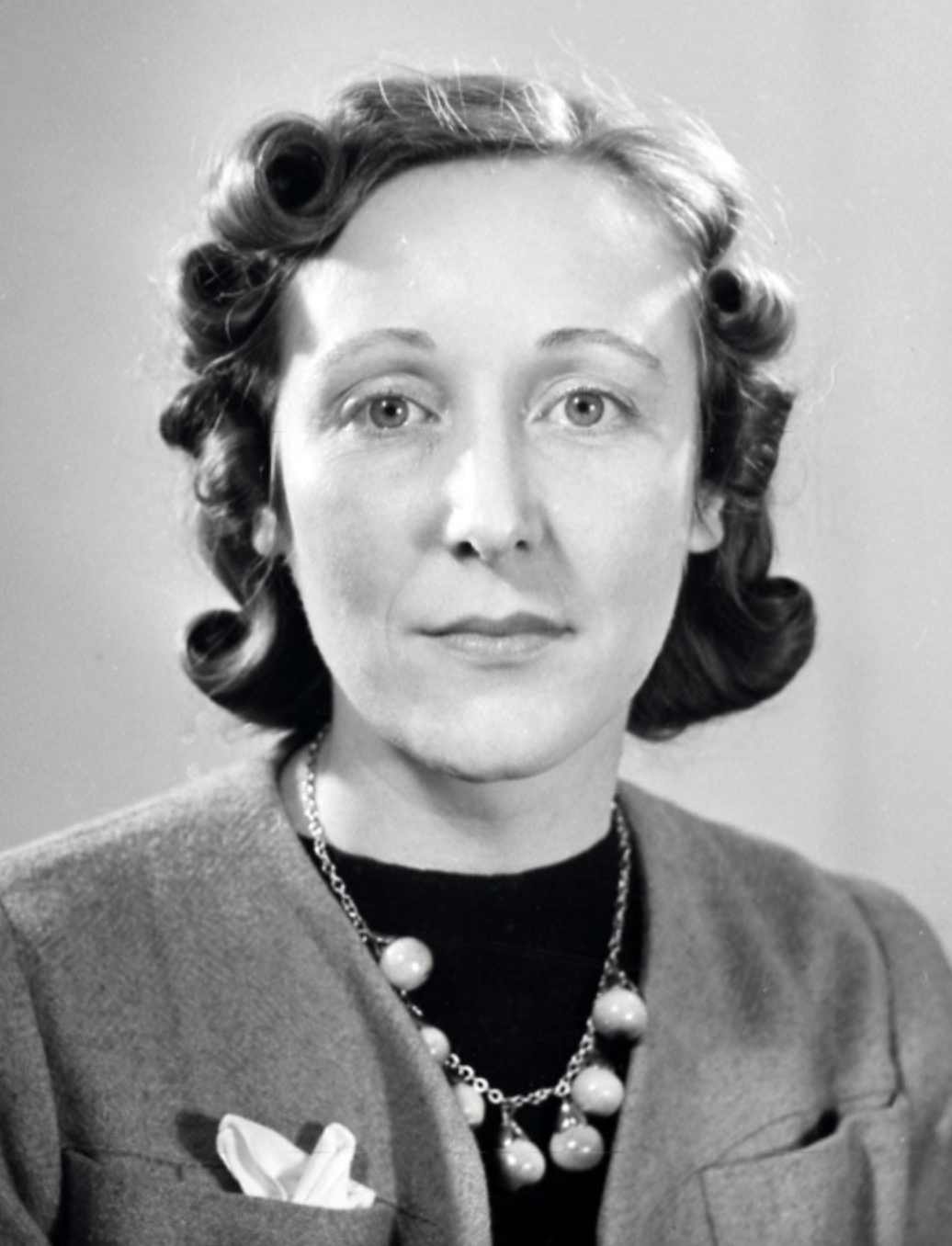
Esther Bollinger
In the July 1936 issue of Movie Makers magazine, photographer and amateur filmmaker Edward A. Bollinger called Peggy’s Cove, “the gem of all fishing villages”.
Bollinger was an American who moved from Buffalo, New York to Canada around 1939, opening The Camera Shoppe in Halifax to help motion picture and photography hobbyists pursue their passion. He and his wife Esther Bollinger made several award-winning short films about life in Nova Scotia including The Guides Meet (1932), Evangeline, Annapolis, Peggy’s Cove (1934), and The Land of Ultima Thule (1935) highlighting the relationship between ordinary people and their natural background. Esther often handled the editing and titling, while Edward did the camera work. Movie Makers described their films as “incisive and stirring…documentary reels of magnificent skill and breathtaking beauty”.
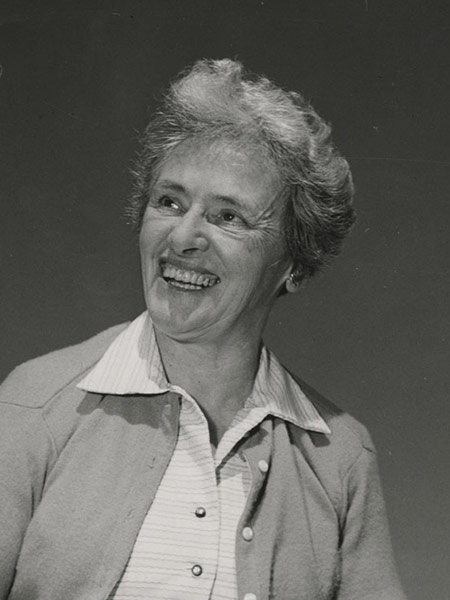
Helen Creighton (1899-1989)
It has been said that Helen Creighton helped define Maritime culture. Throughout her life, the prominent folklorist and writer from Dartmouth, Nova Scotia, amassed a collection of 40,000 audio tapes, films, photos, and journals. It also includes 4,000 songs of Gaelic, English, German, Mi’kmaq, African, and Acadian origin.
Creighton’s passions and interests led her through many different careers. A trailblazer, she devoted herself to her work at a time when most women were expected to marry and have children. Throughout the 1920s she drove an ambulance for the Red Cross, worked as a social worker, a teacher, a journalist, and starred in a radio show for children.
Between 1928 and 1975 Creighton criss-crossed Nova Scotia documenting stories, songs, myths, and images that celebrated the music and traditions of her home province. She recorded hundreds of people from many communities and cultures, determined to capture what existed before they faded from practice and memory. She also published many articles and books including a bestselling work of supernatural tales called Bluenose Ghosts (1957).
Creighton’s vast collection of work resides in the Nova Scotia Archives, the Smithsonian, and the Museum of History in Canada. She has received numerous honorary degrees, was made a Member of the Order of Canada in 1976, and was posthumously awarded the Folk Alliance International Lifetime Achievement Award in 2017.
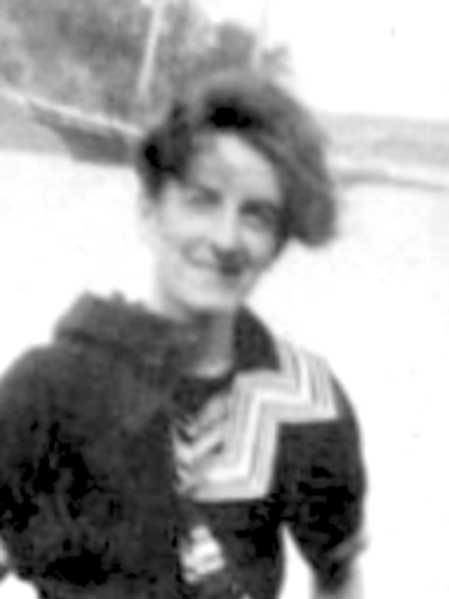
Clara Dennis (1881-1958)
Hailing from Truro, Clara Dennis is one of Nova Scotia’s first travel writers and the first woman to write extensively about the province from a personal perspective. After studying at Dalhousie University and Halifax Business College, she worked as a stenographer and reporter at her father’s newspaper, the Halifax Herald.
While it was not uncommon for women to drive at the time, Dennis was a car enthusiast and one of the first women to travel throughout the province on her own. During World War I she drove around Nova Scotia as part of a recruiting tour. Later, she welcomed home over 1,000 men who had been held as prisoners of war. In 1917, she transported wounded and displaced people from the Halifax Explosion blast area to safety.
In the 1930s, Dennis began touring the East Coast in her car capturing thousands of images of people and places in the farest corners of the area. New roads offered access to remote areas and she was among the first to visit places that the majority of travellers hadn’t yet seen, such as the Highlands of Cape Breton.
Dennis documented the people and places of a rapidly changing Nova Scotia and her experiences were published in magazines, newspapers, and her three books: Down in Nova Scotia (1934), More About Nova Scotia (1937), and Cape Breton Over (1942). In 1938, Dennis became the first person to receive an honorary Doctor of Literature and the first woman to receive an honorary degree from Mount Allison University.
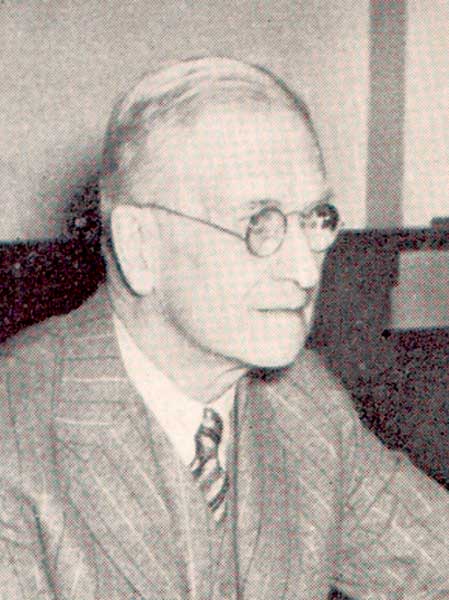
J.F.B. Livesay (1875-1944)
John Frederick Bligh Livesay was a British-born journalist and author from the Isle of Wight who came to Canada at age 20. In 1908 he married Florence Randal Livesay and the couple had two daughters: Sophie and poet Dorothy Livesay. J.F.B. wrote for two Winnipeg newspapers before becoming general manager for the Canadian Western Associated Press (in 1917 it merged with The Canadian Press).
In 1919, Livesay wrote Canada’s Hundred Days, a book about his experience working overseas as a war correspondent. Soon after, he moved to Toronto where he served as CP’s general manager until 1939. Former CP president E. Norman Smith, described Livesay as having contributed “to the national cohesion of Canada more than any one man of his generation”.
Livesay spent several summers in Nova Scotia. In his 1944 book Peggy’s Cove, he described his first visit to the inlet as “quite perfect, nothing to be added and nothing to be taken away, a little pulsing human cosmos set in the uneasy sea.” Published soon after Livesay’s death, the book, featuring dozens of Livesay’s beautiful photographs of landscape and fisherfolk, is credited as helping to popularize what is now the most famous fishing village in Canada.
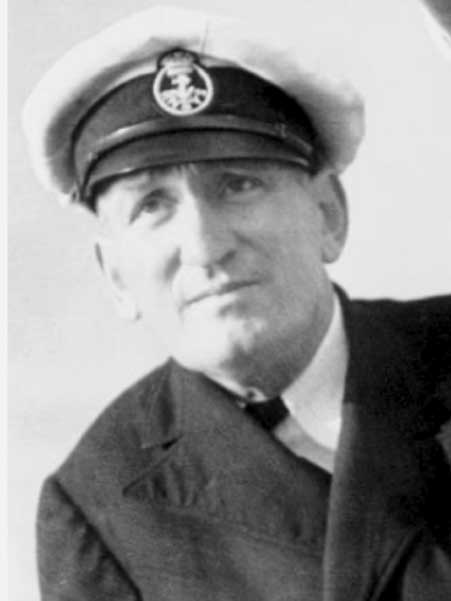
W.R. MacAskill (1887-1956)
Wallace Robinson MacAskill (better known as W.R. MacAskill) was born in the coastal community of St. Peter’s Cape Breton and is one of Nova Scotia’s best-known photographers.
MacAskill purchased his first sailboat at age 11, kicking off a lifelong obsession with the sea. At 17, he left home to attend the Wade School of Photography in New York where he was inspired by Pictorialism: artistic, soft-focus impressionism that stresses atmosphere over subject matter.
When MacAskill returned to his home province, he set up a commercial studio in St. Peter’s, then Glace Bay, and finally Halifax. Through the 1920s and early 1930s MacAskill sold his work to publishers but his photographs often went uncredited. His 1929 book, Out of Halifax, was a limited edition consisting of his most popular images and is now a collector’s item. The Canadian ten cent piece featuring schooner Bluenose was also printed that year.
Although his most famous images are of seascapes and sailing vessels, MacAskill’s work also included studies of coastal villages including Peggy’s Cove, taken in his trademark ‘pictorialist’ style. MacAskill’s photographs are held in the collections of the National Gallery of Canada, the McCord Museum, and the Cape Breton University Art Gallery. The MacAskill House where he was born houses a museum dedicated to his work.
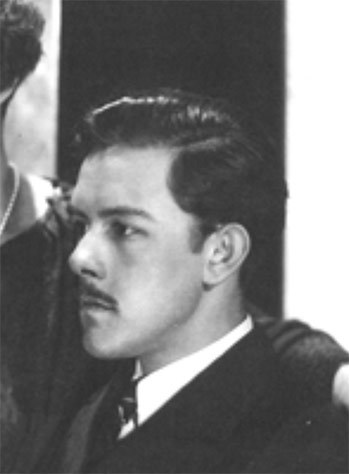
Robert Norwood
Robert Norwood was no stranger to coastal life. The professional photographer and filmmaker grew up in Hubbards, a small village on the south shore of Nova Scotia. When he was 19, he travelled to New York City where he learned photography while working as an assistant to art and fashion photographer Edward Steichen.
Returning to Nova Scotia in 1930, he practiced photography in Liverpool, New Glasgow, and Hubbards before opening his own studio in Halifax in 1938. From 1947 to 1964 Norwood worked as staff photographer for the Halifax Herald.
Norwood is most known for his work capturing ordinary people, activities, sites, and events around his home province. His collection includes photos of Halifax streets and waterfront, Nova Scotian fishing villages, and portraits of people such as American philosopher, John Dewey.
Robert Norwood continued to do photography before beginning a second career in filmmaking, producing short, scenic news and documentary films. The Windward Shore featured footage of Nova Scotian fishermen in their boats, cleaning nets, and working in their villages. Produced by the CBC, it was screened during Queen Elizabeth II and Prince Philip’s 1959 Royal visit to the Maritimes.

Edward A. Bollinger (1909-2001)
In the July 1936 issue of Movie Makers magazine, photographer and amateur filmmaker Edward A. Bollinger called Peggy’s Cove, “the gem of all fishing villages”.
Bollinger was an American who moved from Buffalo, New York to Canada around 1939, opening The Camera Shoppe in Halifax to help motion picture and photography hobbyists pursue their passion. He and his wife Esther Bollinger made several award-winning short films about life in Nova Scotia including The Guides Meet (1932), Evangeline, Annapolis, Peggy’s Cove (1934), and The Land of Ultima Thule (1935) highlighting the relationship between ordinary people and their natural background. Esther often handled the editing and titling, while Edward did the camera work. Movie Makers described their films as “incisive and stirring…documentary reels of magnificent skill and breathtaking beauty”.

Esther Bollinger
In the July 1936 issue of Movie Makers magazine, photographer and amateur filmmaker Edward A. Bollinger called Peggy’s Cove, “the gem of all fishing villages”.
Bollinger was an American who moved from Buffalo, New York to Canada around 1939, opening The Camera Shoppe in Halifax to help motion picture and photography hobbyists pursue their passion. He and his wife Esther Bollinger made several award-winning short films about life in Nova Scotia including The Guides Meet (1932), Evangeline, Annapolis, Peggy’s Cove (1934), and The Land of Ultima Thule (1935) highlighting the relationship between ordinary people and their natural background. Esther often handled the editing and titling, while Edward did the camera work. Movie Makers described their films as “incisive and stirring…documentary reels of magnificent skill and breathtaking beauty”.

Helen Creighton (1899-1989)
It has been said that Helen Creighton helped define Maritime culture. Throughout her life, the prominent folklorist and writer from Dartmouth, Nova Scotia, amassed a collection of 40,000 audio tapes, films, photos, and journals. It also includes 4,000 songs of Gaelic, English, German, Mi’kmaq, African, and Acadian origin.
Creighton’s passions and interests led her through many different careers. A trailblazer, she devoted herself to her work at a time when most women were expected to marry and have children. Throughout the 1920s she drove an ambulance for the Red Cross, worked as a social worker, a teacher, a journalist, and starred in a radio show for children.
Between 1928 and 1975 Creighton criss-crossed Nova Scotia documenting stories, songs, myths, and images that celebrated the music and traditions of her home province. She recorded hundreds of people from many communities and cultures, determined to capture what existed before they faded from practice and memory. She also published many articles and books including a bestselling work of supernatural tales called Bluenose Ghosts (1957).
Creighton’s vast collection of work resides in the Nova Scotia Archives, the Smithsonian, and the Museum of History in Canada. She has received numerous honorary degrees, was made a Member of the Order of Canada in 1976, and was posthumously awarded the Folk Alliance International Lifetime Achievement Award in 2017.

Clara Dennis (1881-1958)
Hailing from Truro, Clara Dennis is one of Nova Scotia’s first travel writers and the first woman to write extensively about the province from a personal perspective. After studying at Dalhousie University and Halifax Business College, she worked as a stenographer and reporter at her father’s newspaper, the Halifax Herald.
While it was not uncommon for women to drive at the time, Dennis was a car enthusiast and one of the first women to travel throughout the province on her own. During World War I she drove around Nova Scotia as part of a recruiting tour. Later, she welcomed home over 1,000 men who had been held as prisoners of war. In 1917, she transported wounded and displaced people from the Halifax Explosion blast area to safety.
In the 1930s, Dennis began touring the East Coast in her car capturing thousands of images of people and places in the farest corners of the area. New roads offered access to remote areas and she was among the first to visit places that the majority of travellers hadn’t yet seen, such as the Highlands of Cape Breton.
Dennis documented the people and places of a rapidly changing Nova Scotia and her experiences were published in magazines, newspapers, and her three books: Down in Nova Scotia (1934), More About Nova Scotia (1937), and Cape Breton Over (1942). In 1938, Dennis became the first person to receive an honorary Doctor of Literature and the first woman to receive an honorary degree from Mount Allison University.

J.F.B. Livesay (1875-1944)
John Frederick Bligh Livesay was a British-born journalist and author from the Isle of Wight who came to Canada at age 20. In 1908 he married Florence Randal Livesay and the couple had two daughters: Sophie and poet Dorothy Livesay. J.F.B. wrote for two Winnipeg newspapers before becoming general manager for the Canadian Western Associated Press (in 1917 it merged with The Canadian Press).
In 1919, Livesay wrote Canada’s Hundred Days, a book about his experience working overseas as a war correspondent. Soon after, he moved to Toronto where he served as CP’s general manager until 1939. Former CP president E. Norman Smith, described Livesay as having contributed “to the national cohesion of Canada more than any one man of his generation”.
Livesay spent several summers in Nova Scotia. In his 1944 book Peggy’s Cove, he described his first visit to the inlet as “quite perfect, nothing to be added and nothing to be taken away, a little pulsing human cosmos set in the uneasy sea.” Published soon after Livesay’s death, the book, featuring dozens of Livesay’s beautiful photographs of landscape and fisherfolk, is credited as helping to popularize what is now the most famous fishing village in Canada.

W.R. MacAskill (1887-1956)
Wallace Robinson MacAskill (better known as W.R. MacAskill) was born in the coastal community of St. Peter’s Cape Breton and is one of Nova Scotia’s best-known photographers.
MacAskill purchased his first sailboat at age 11, kicking off a lifelong obsession with the sea. At 17, he left home to attend the Wade School of Photography in New York where he was inspired by Pictorialism: artistic, soft-focus impressionism that stresses atmosphere over subject matter.
When MacAskill returned to his home province, he set up a commercial studio in St. Peter’s, then Glace Bay, and finally Halifax. Through the 1920s and early 1930s MacAskill sold his work to publishers but his photographs often went uncredited. His 1929 book, Out of Halifax, was a limited edition consisting of his most popular images and is now a collector’s item. The Canadian ten cent piece featuring schooner Bluenose was also printed that year.
Although his most famous images are of seascapes and sailing vessels, MacAskill’s work also included studies of coastal villages including Peggy’s Cove, taken in his trademark ‘pictorialist’ style. MacAskill’s photographs are held in the collections of the National Gallery of Canada, the McCord Museum, and the Cape Breton University Art Gallery. The MacAskill House where he was born houses a museum dedicated to his work.

Robert Norwood
Robert Norwood was no stranger to coastal life. The professional photographer and filmmaker grew up in Hubbards, a small village on the south shore of Nova Scotia. When he was 19, he travelled to New York City where he learned photography while working as an assistant to art and fashion photographer Edward Steichen.
Returning to Nova Scotia in 1930, he practiced photography in Liverpool, New Glasgow, and Hubbards before opening his own studio in Halifax in 1938. From 1947 to 1964 Norwood worked as staff photographer for the Halifax Herald.
Norwood is most known for his work capturing ordinary people, activities, sites, and events around his home province. His collection includes photos of Halifax streets and waterfront, Nova Scotian fishing villages, and portraits of people such as American philosopher, John Dewey.
Robert Norwood continued to do photography before beginning a second career in filmmaking, producing short, scenic news and documentary films. The Windward Shore featured footage of Nova Scotian fishermen in their boats, cleaning nets, and working in their villages. Produced by the CBC, it was screened during Queen Elizabeth II and Prince Philip’s 1959 Royal visit to the Maritimes.
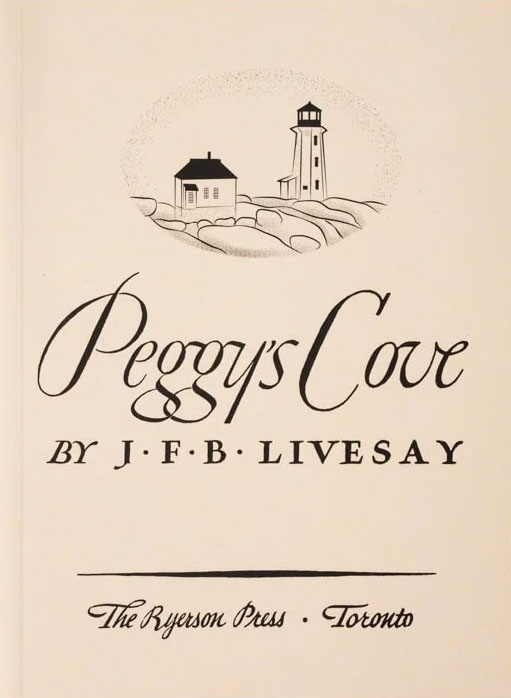
Peggy’s Cove
by J.F.B. Livesay
Peggy’s Cove is the last work from J.F.B. Livesay who was a renowned member of the Canadian Press. It is an intimate portrayal of Nova Scotia’s iconic village of Peggy’s Cove, its people and their significance. Beautifully illustrated from prints made by the author, who was one of Canada’s foremost amateur photographers, this book is for the tourist, the artist and the teacher, but it is also a warm human document. Livesay’s Peggy’s Cove is a delightful Canadian memoir of happy summers by the sea. The 6”x8” book is 100 pages and contains 35 photographs.
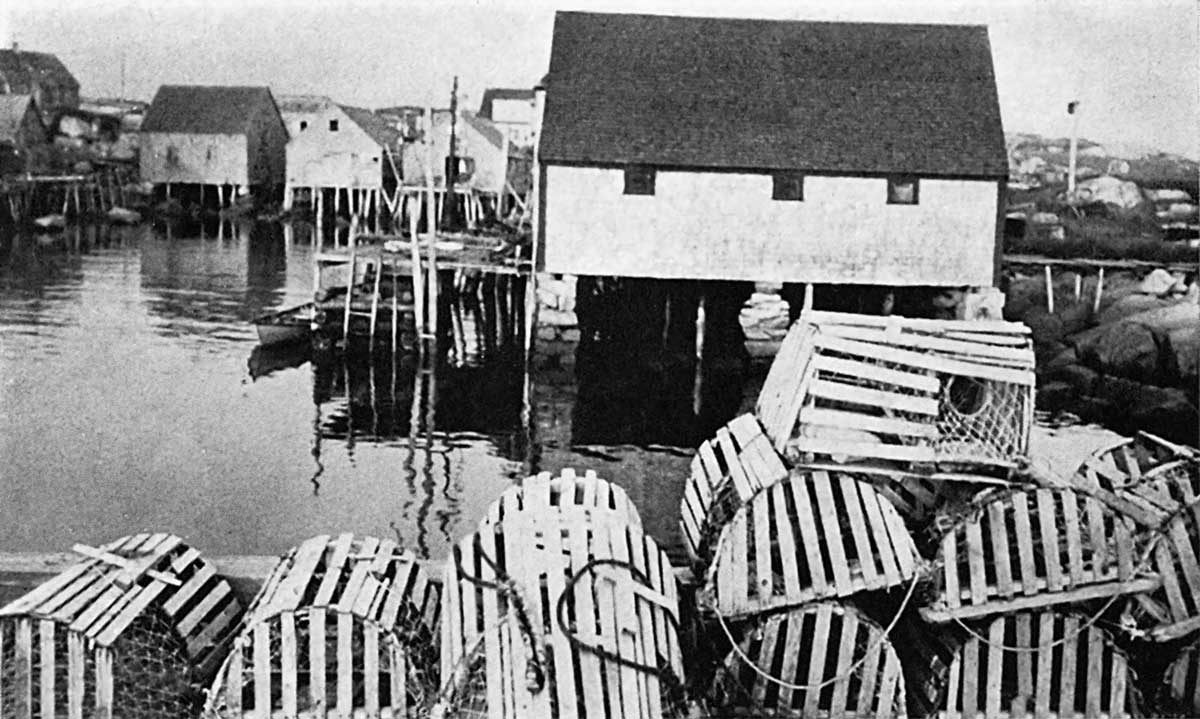
Photos: J.F.B. Livesay. From his book, Peggy’s Cove, Ryerson Press, 1944

